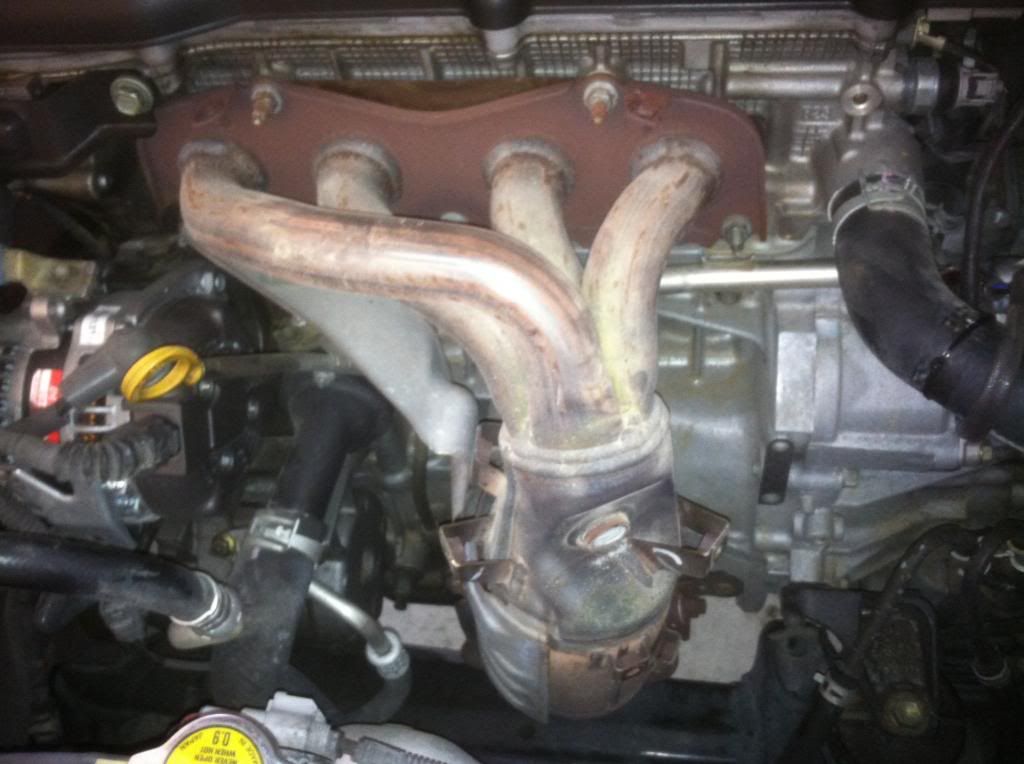I'm getting a P0420 Code Catalyst Efficiency Below Threshold (Bank 1) on my 06 Toyota Camry that has 140K on it.
I replaced both O2 sensors. I cleared out the code and ran for 2 days. I was on the highway and decided to push the car by going faster than 80mph and the code came back.
I'm hoping its not a CAT replacement, but if so, is there anything work going with? Anyone has any other suggestions on what to try?
I replaced both O2 sensors. I cleared out the code and ran for 2 days. I was on the highway and decided to push the car by going faster than 80mph and the code came back.
I'm hoping its not a CAT replacement, but if so, is there anything work going with? Anyone has any other suggestions on what to try?









